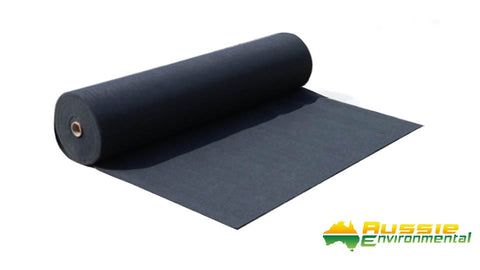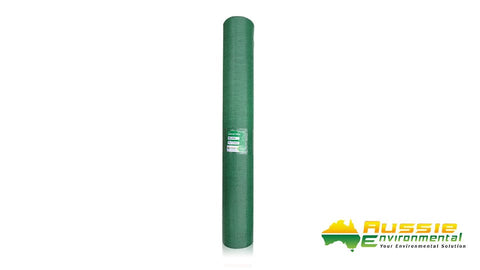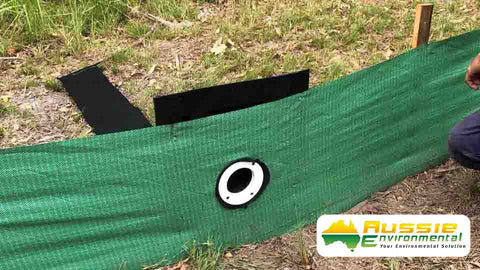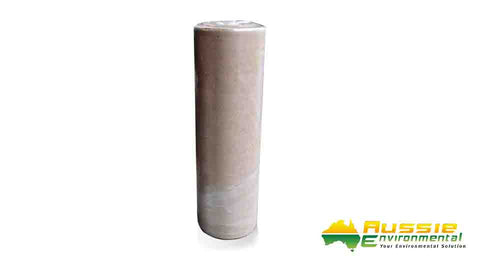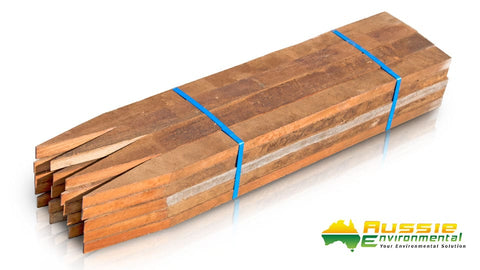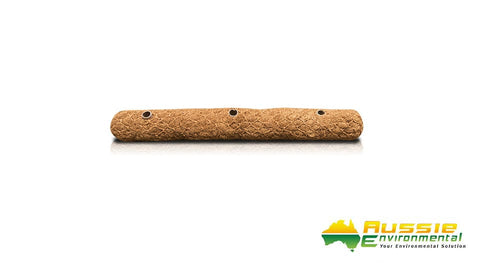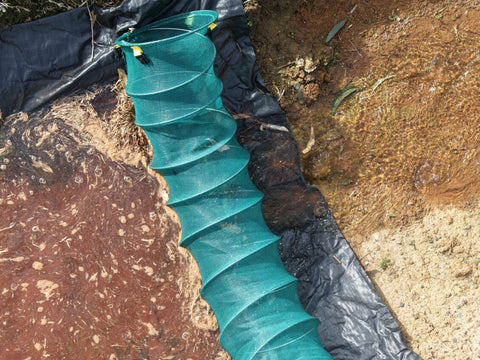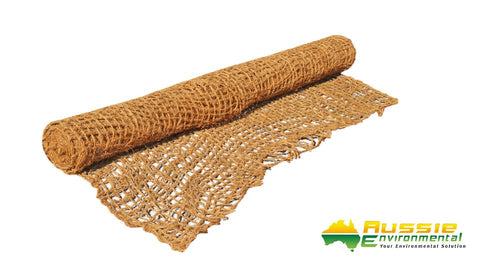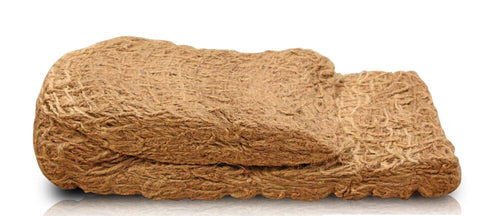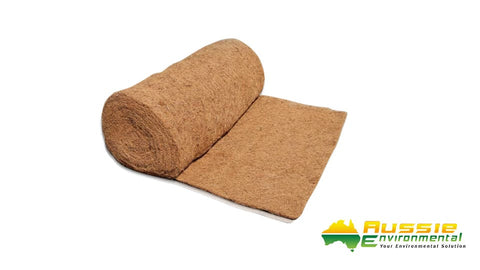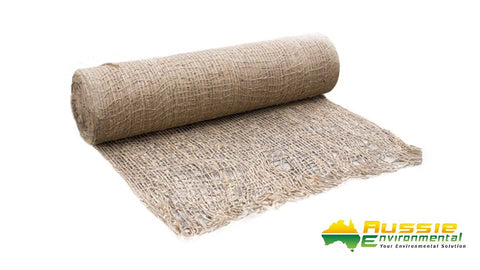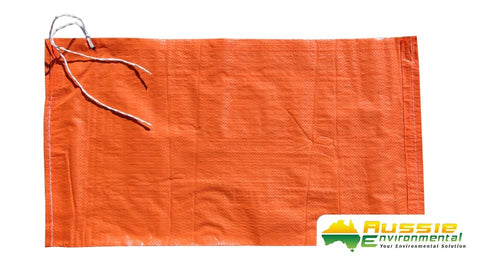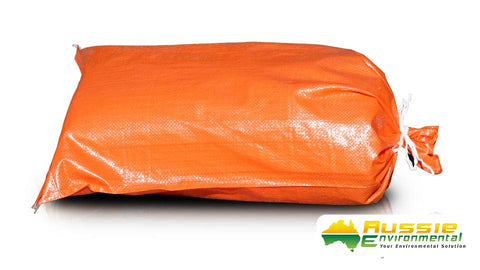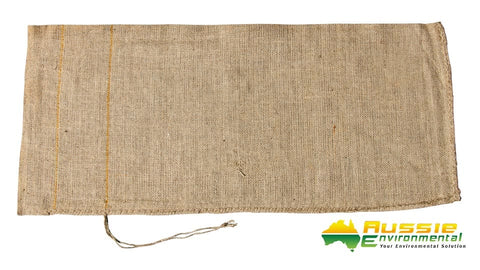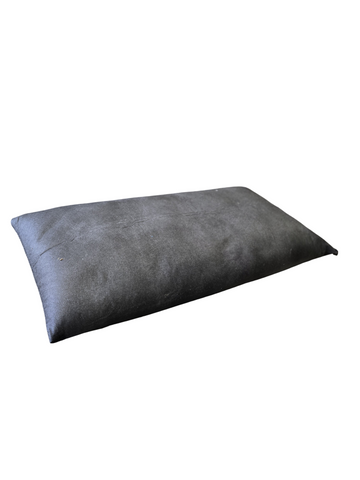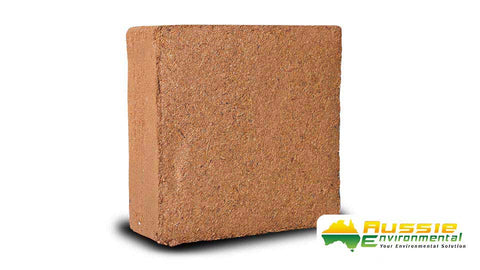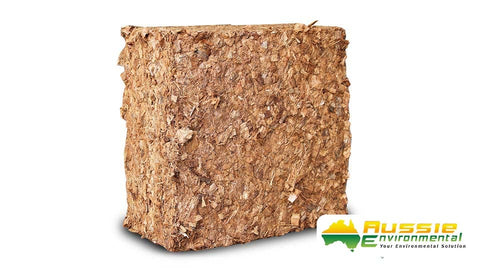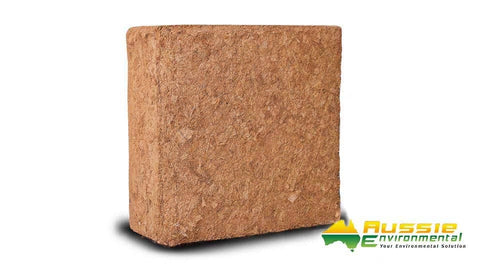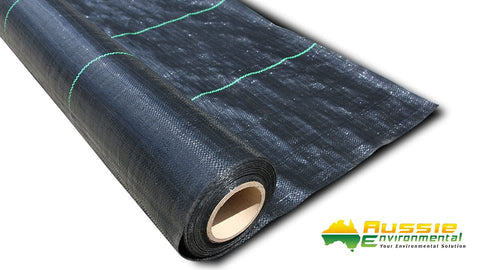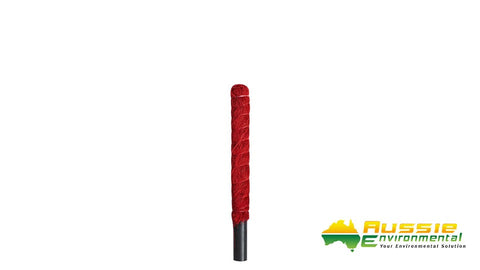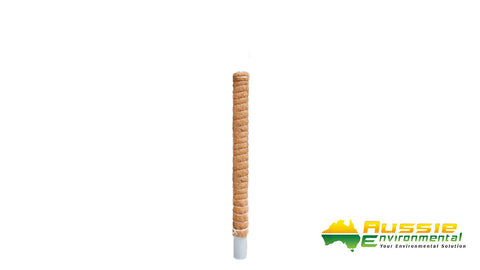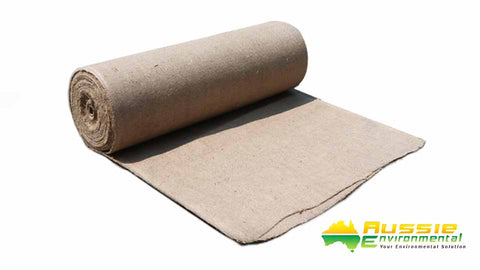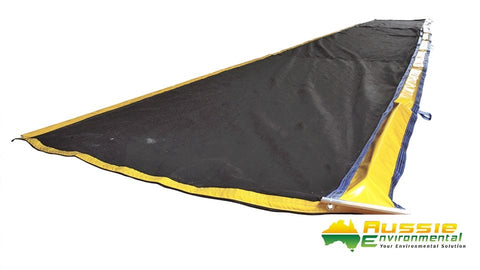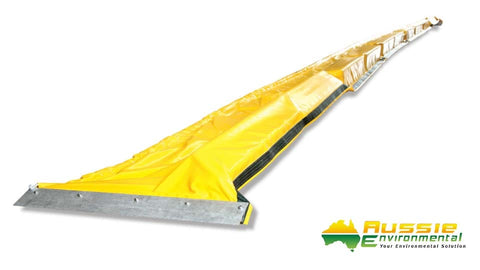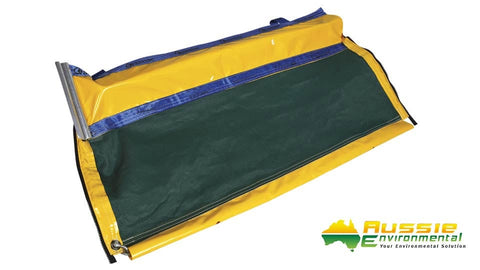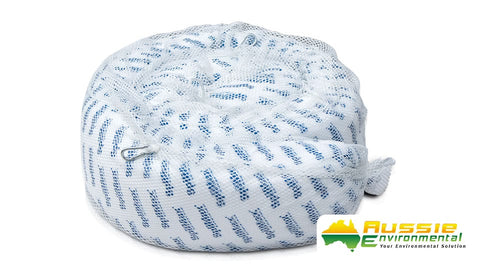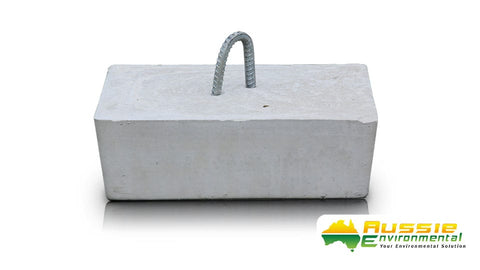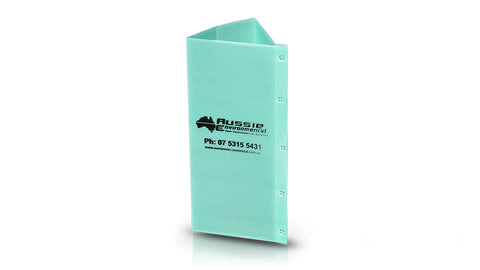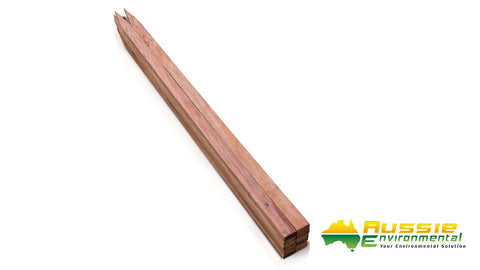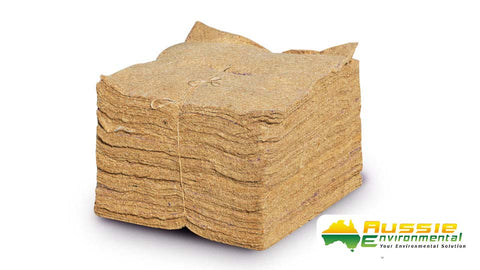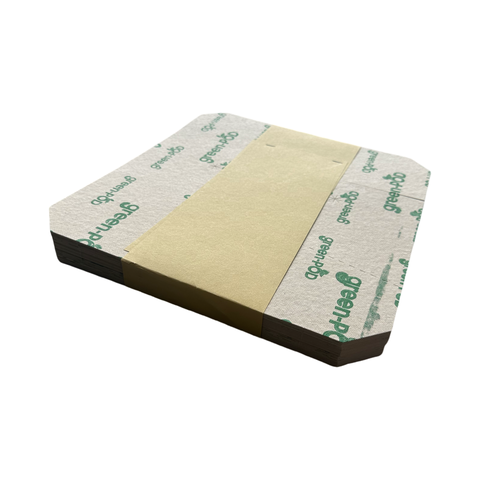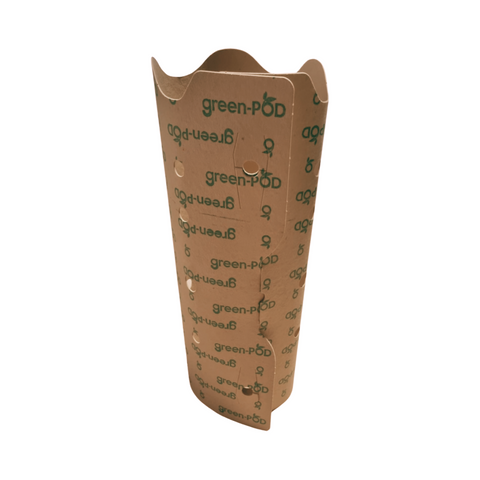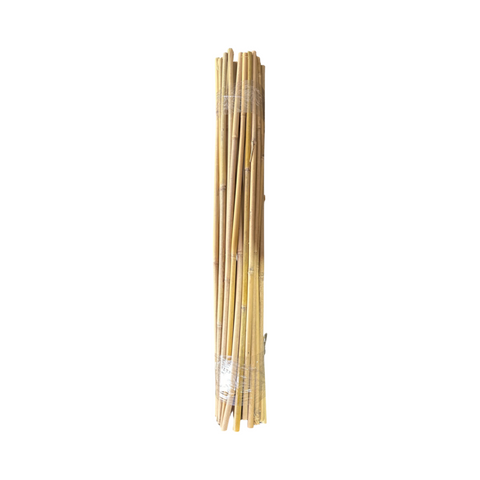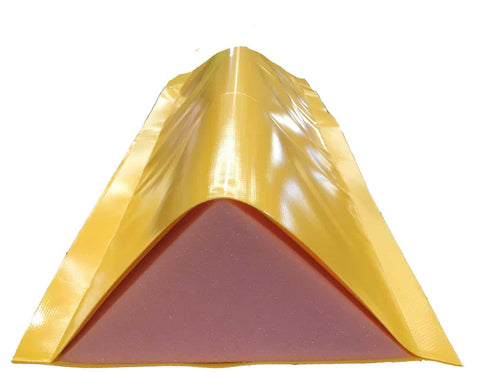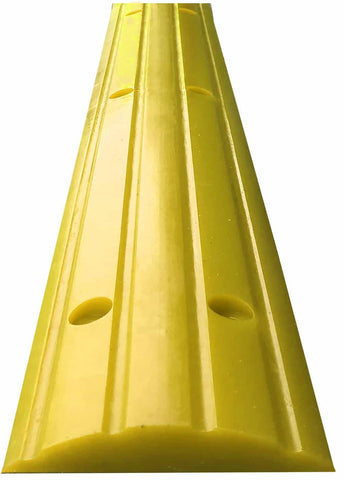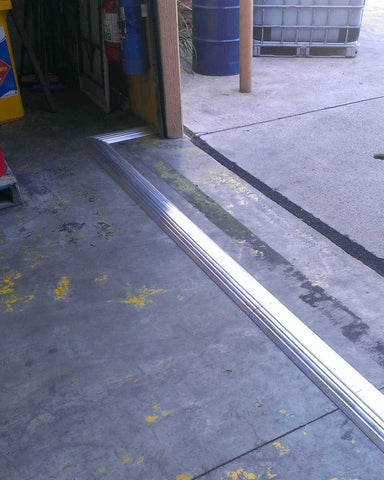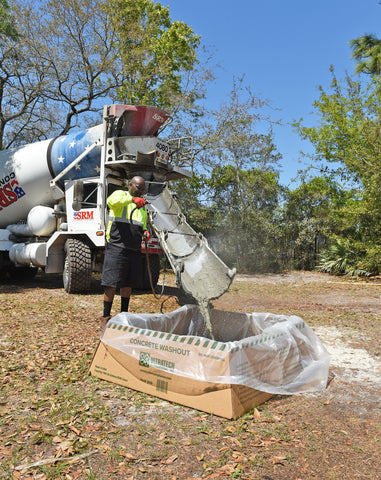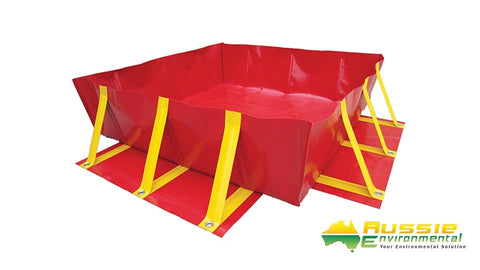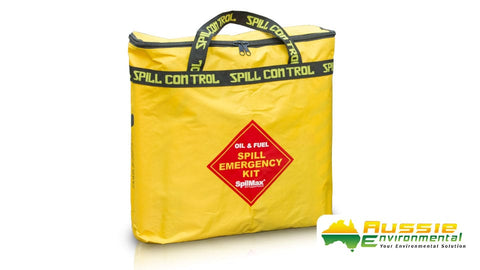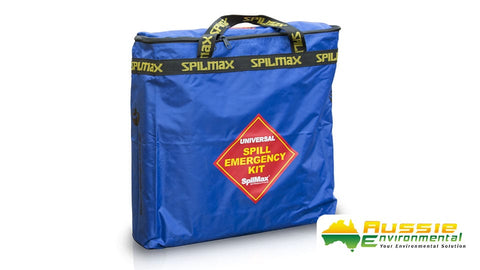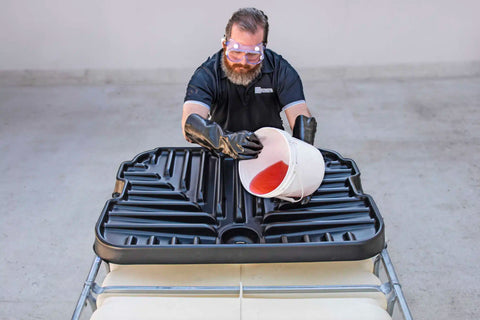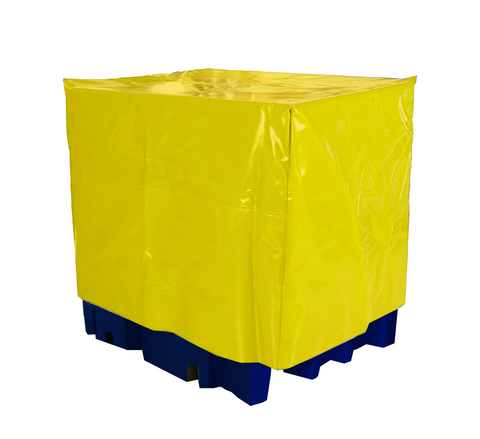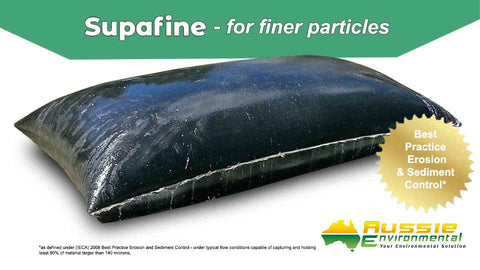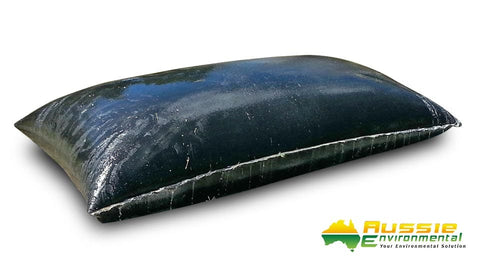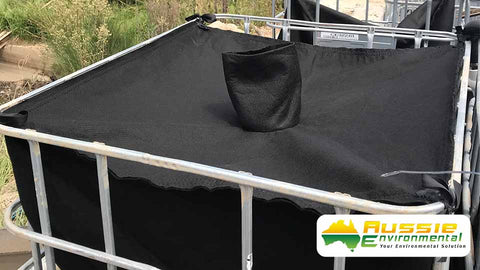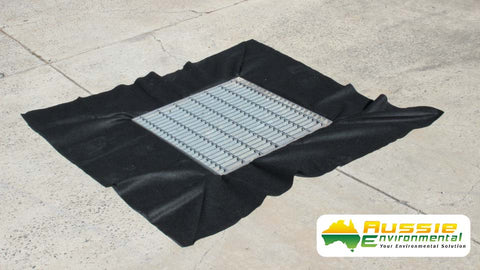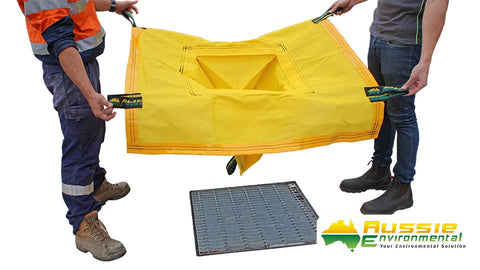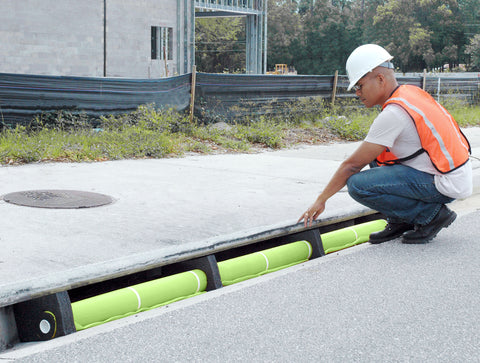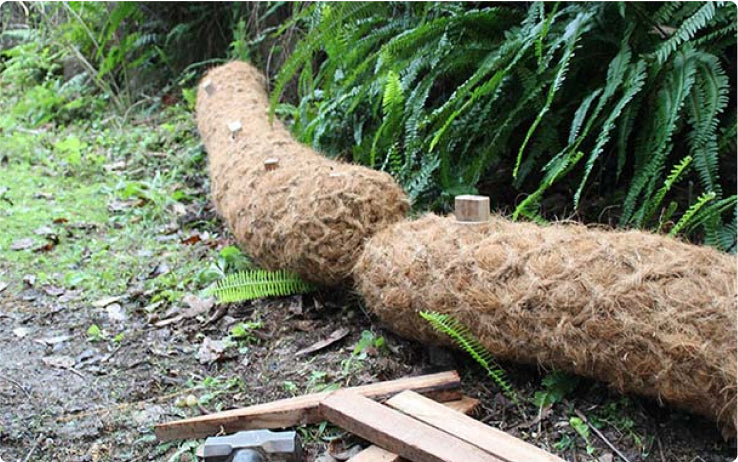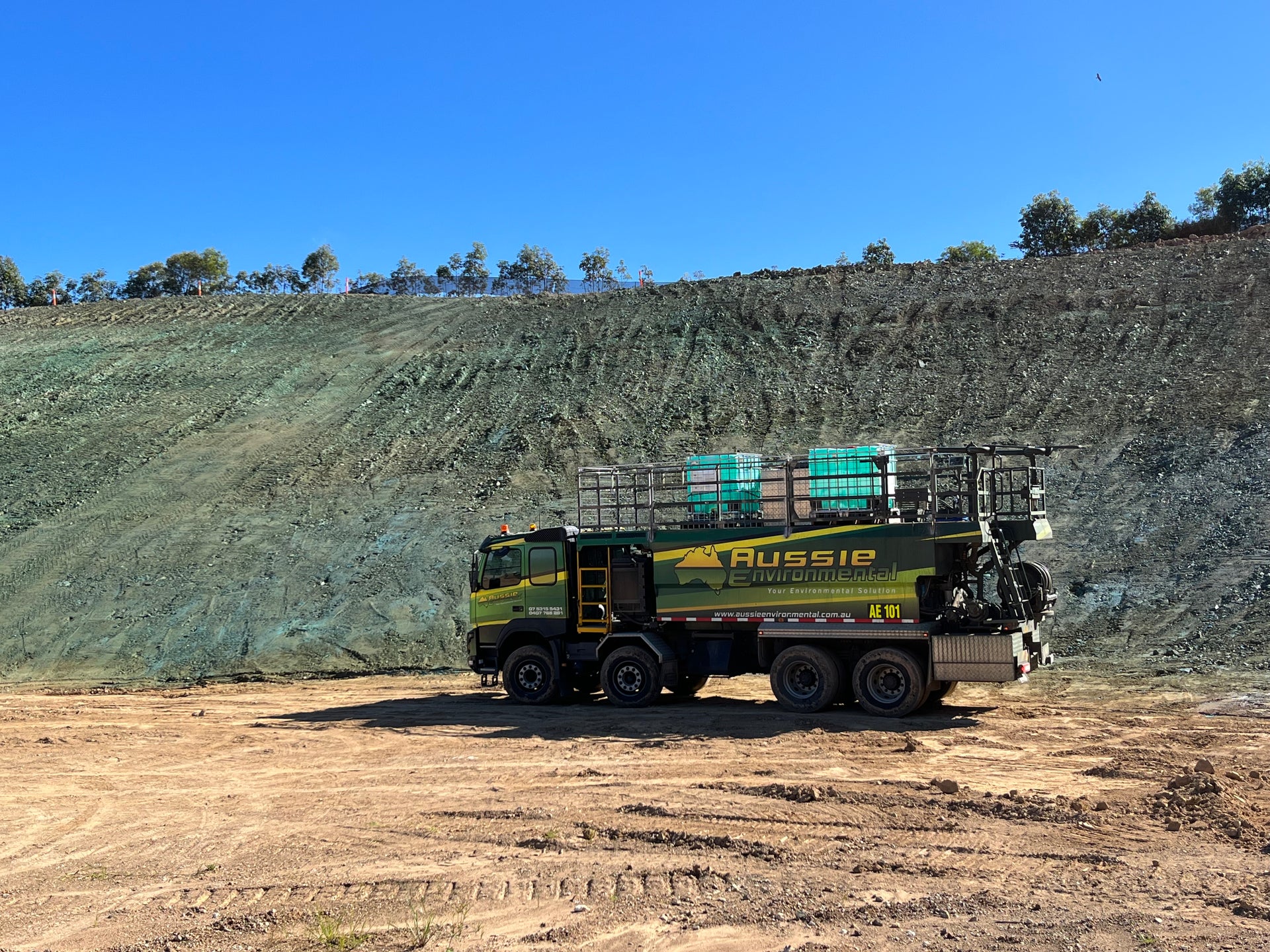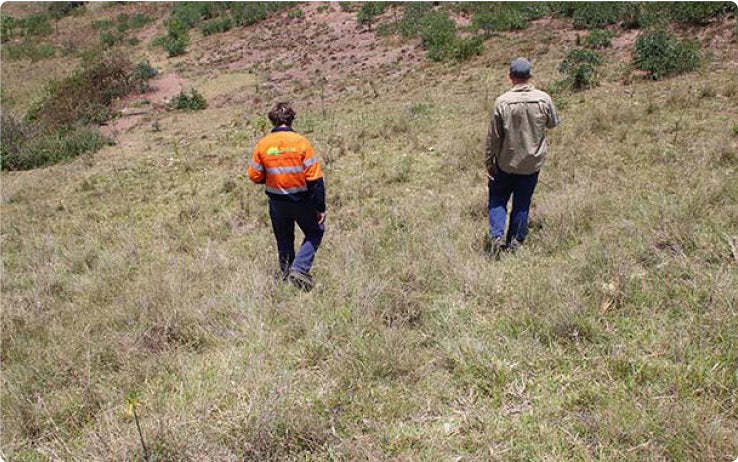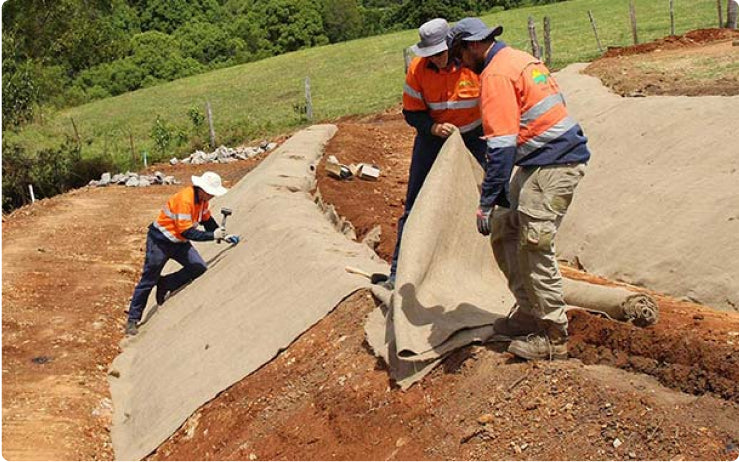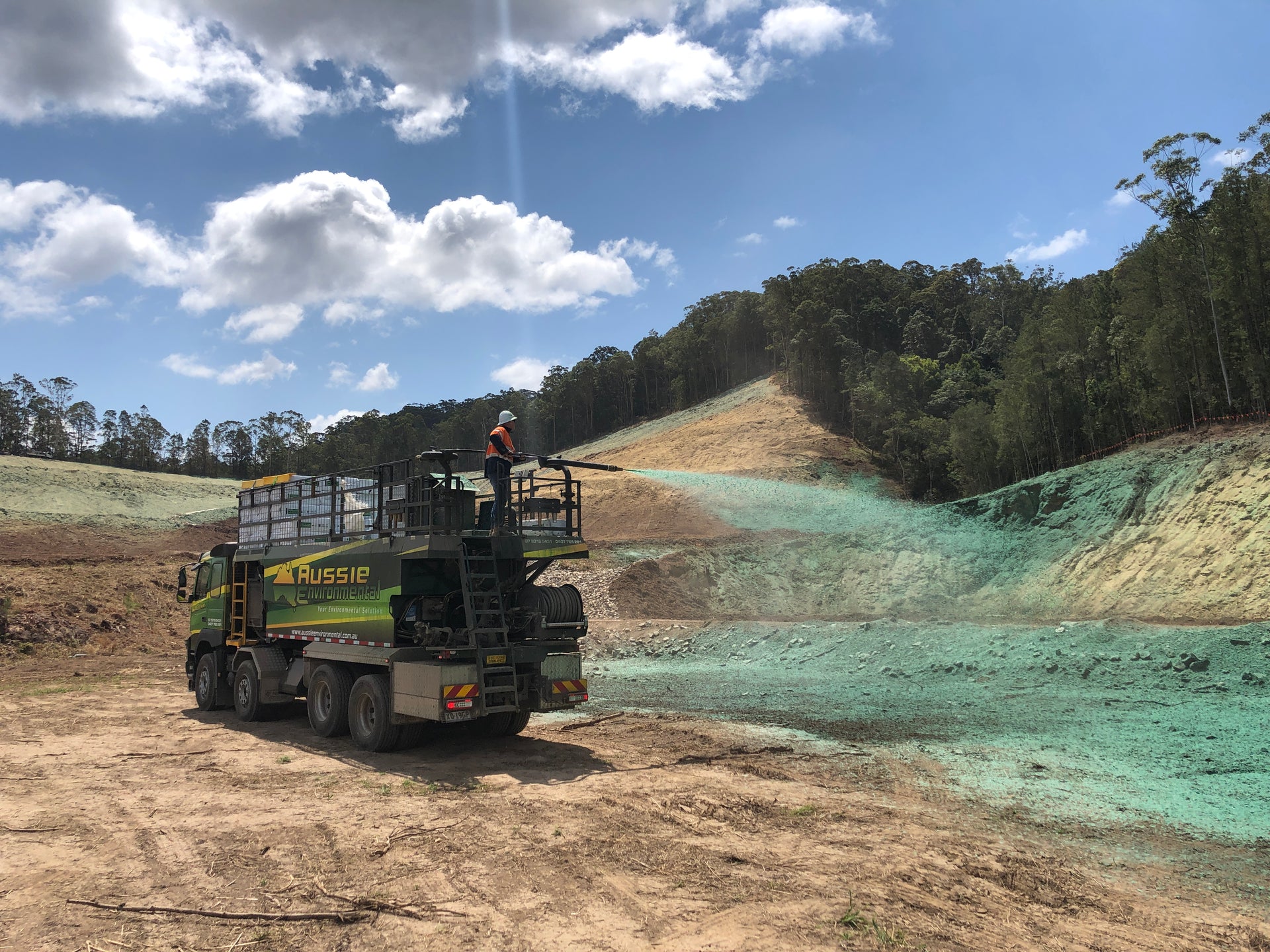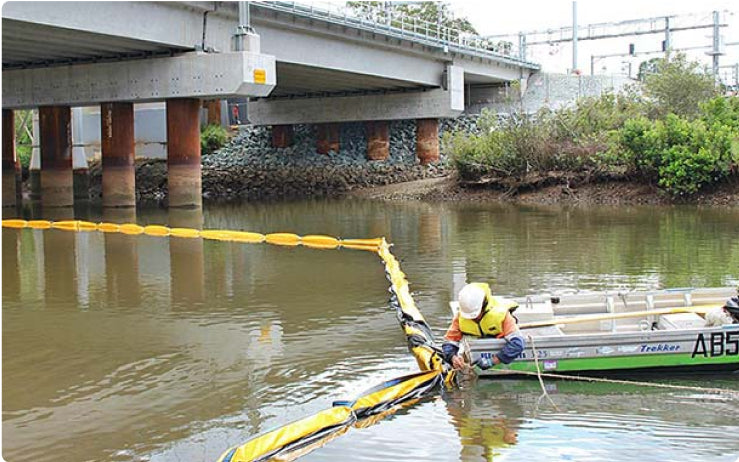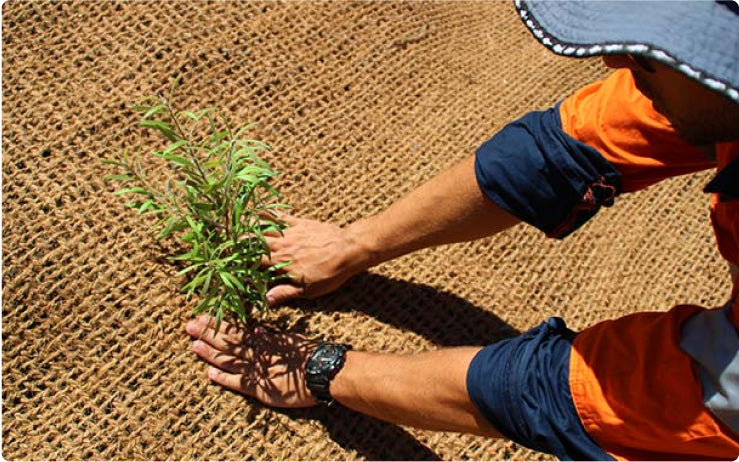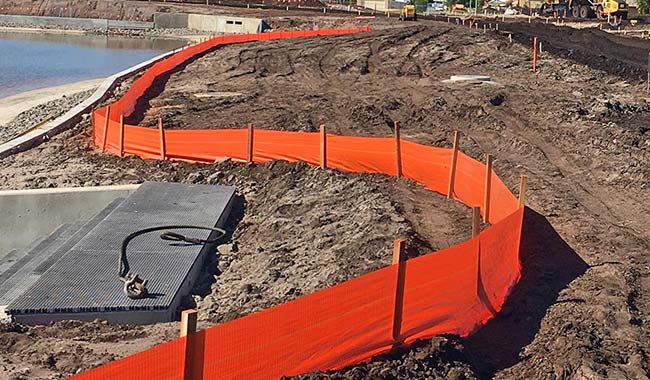What are geotextiles?

Geotextiles are permeable synthetic materials that can be manufactured in a variety of different shapes and used to increase stability, prevent erosion or improve drainage in civil construction and regeneration projects. They can be either woven or non-woven, with the latter either needle punched or heat bonded.
How are geotextile materials manufactured?
Usually made from polypropylene or polyester, woven geotextiles are manufactured using a loom to interlock two or more sets of synthetic strands at right angles, giving the appearance of sacking. Non-woven products resemble felt and are manufactured by either a mechanical process called ‘needle punching’ that intermeshes two short fibres together or heat bonding (also known as thermal bonding) that interlaces two continuous strands together.
How are geotextiles generally used?
Non-woven needle punched geotextiles are the most widely used of the three options, because they are ideal for civil engineering projects. Non-woven thermal bonded options are not as popular, because they are not suited for road stabilisation projects on soft soils or filtration projects. Woven geotextiles however, are more suitable for projects where embankments on soft soils need to be reinforced, as they provide increased stability to the soil.


Characteristics of geotextile materials
It’s the characteristics of these materials that make them so popular in civil construction and regeneration projects. Specifically, they are highly permeable and highly porous, but they also have a cushioning, sealing and protective property, allowing construction in places that would otherwise be unsuitable. Based on these different characteristics, different geotextile materials can be specified for specific applications:
Separation: This quality of non-woven materials is important because it separates different materials from each other. In the case of road construction, a geotextile barrier separates coarse aggregate from subgrade aggregate, but they can also be used to separate keep soils, which can be important when water floods the soil strata. The permeability of these barriers allows water to pass through the different materials, without altering the material’s structural capacity.
Filtration: This quality allows water to pass in both directions and the material can be woven or non-woven. They are used to prevent fine aggregates from moving between different soil layers by promoting the lateral flow of drainage water and reducing the rise of groundwater. Since these materials can be used both vertically and horizontally, they can solve a multitude of drainage problems.
Drainage: This quality allows water to pass through the soil column, whilst preventing soil from being washed away at the same time. When used in subsoil drainage or revetment projects, they are a more cost-effective option than sand or aggregate.
Reinforcement: This quality of woven geotextiles makes them ideal for the construction of embankments on soft soils, as well as roads over poorly graded soils.
Sealing: This quality of non-woven materials prevents the flow of water in both directions and is accomplished by impregnating the material with asphalt or another non-porous product. Often used to prevent contamination of groundwater or soil from pollutants, it can also be used to prevent evaporation or contamination of drinking water supplies.
Protection: This quality of non-woven materials extends the life of linings in tailings dams, landfills and ponds by acting as a protective layer. This is where the thermal geotextiles are commonly used, because they prevent punctures or excessive deformations of the lining system, and so reduce the probability of leakage.
For more information on using these materials in your next project, call us on 07 5315 5431 or shoot us an email.




